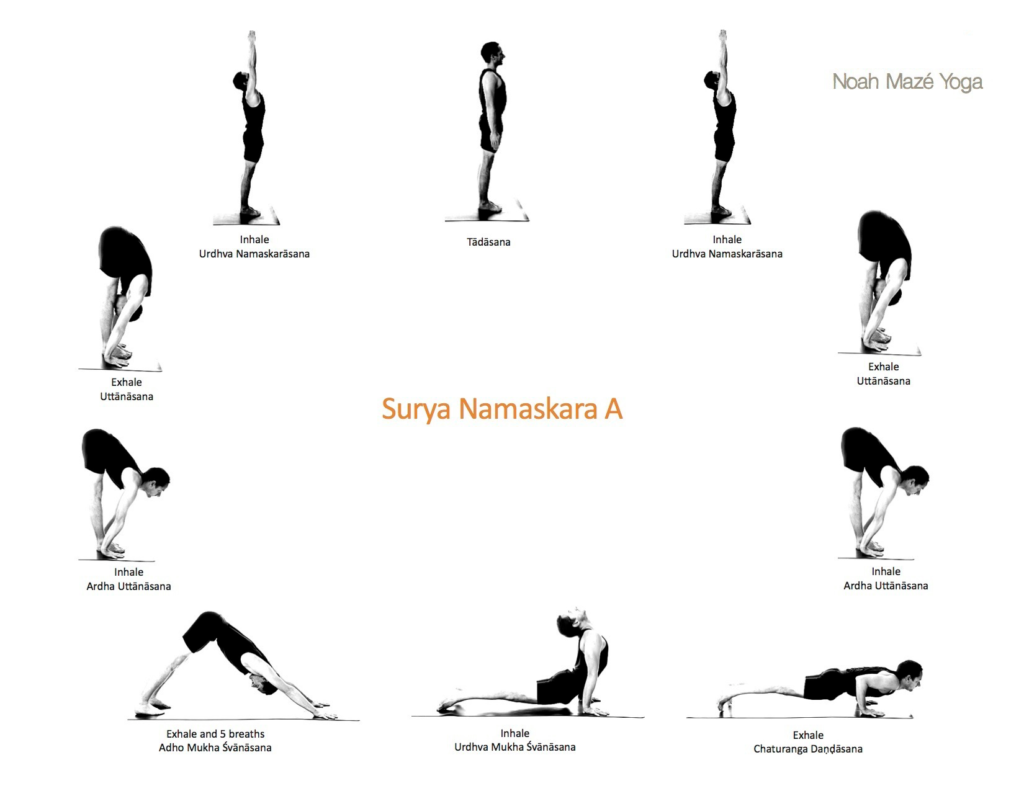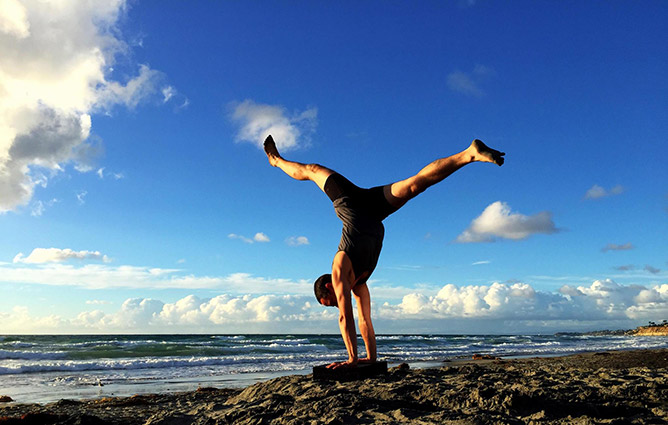The Calm Fury of a Vinyasa Flow Yoga Class
“In wildness is the preservation of the world.” – Henry David Thoreau
Vinyasa yoga practice (or you swap out those 3 words and insert “life”) is furious, but not angry. It is wild, but not violent. It is urgent, but not anxious.
To be embodied is to have passion. Life wants to live. And life wants to live with great urgency. This is evident in every heartbeat and with every breath. This is evident in the heat of your body, as your body does everything it can to maintain homeostasis. Wildness is an essential feature of life– of embodiment– of human consciousness. To be alive is to possess wildness. To be human is to intervene on our wildness, to civilize our otherwise primal and animalistic nature. We subjugate our wildness to in order to domesticate ourselves. We domesticate ourselves in order to be civilized; civilization is nature with a human imprint. Examples of this are all around: Did you wear clothes today?
 The style of yoga practice, known these days as “vinyasa yoga” brings out and preserves essential aspects of our wildness/fury/urgency. This practice heats you up, makes you sweaty and drippy, your eyes become bright like embers and your skin gets flushed with blood. It messes up your hair and your carefully coordinated outfit. When this happens, resist the urge, even if just for a moment, to ‘fix’ yourself. Vinyasa gives you permission to unapologetically be your hot, sweaty, messy, bad-ass, powerful self.
The style of yoga practice, known these days as “vinyasa yoga” brings out and preserves essential aspects of our wildness/fury/urgency. This practice heats you up, makes you sweaty and drippy, your eyes become bright like embers and your skin gets flushed with blood. It messes up your hair and your carefully coordinated outfit. When this happens, resist the urge, even if just for a moment, to ‘fix’ yourself. Vinyasa gives you permission to unapologetically be your hot, sweaty, messy, bad-ass, powerful self.
When vinyasa gets increasingly dynamic, as the sequence repeats again and again and adds more poses on the previous, it urges you to embrace your wildness, to keep up with the pace, dig deeper and focus more. In so doing, it teaches you to access the self-regulating tools of drishti (gaze), bandha (deep core stabilization) and prana (breath). These teach us, in the wild furious urgency of the experience to simultaneously preserve and cultivate modicums of self-regulation to temper the heat with the cooling qualities of calm, shanta. Without these tempering/cooling qualities, the passion of vinyasa might become violent; injuring yourself and/or falling on your neighbor.
Drishti: As we often cue the drishti, “Keep your eyes calm. Gaze softly at a steady point. Look inwards as well as outwards.” These qualities of gazing have a calming effect on the sympathetic nervous system. As the wildness/fury/urgency increases, we learn to keep awareness cool and calm and not go into fight/flight/freeze mode of the sympathetic nervous system. We use drishti in vinyasa not unlike a spinning dancer uses spotting to maintain balance and prevent dizziness.
Bandhas: These are the muscular and subtle body engagements, the deep core stabilizing muscles that must be activated in the dynamism of vinyasa as you move from pose to pose to pose. Your deep core muscles stabilize your pelvis and spine in every movement, and the more dynamic the movement pattern, the more furiously they work to keep you together.
Prana: Prana is life force, life principle. The tangible experience of prana is breath, and breath is life. When prana leaves the body, the body is truly just a corpse. In vinyasa yoga, breath is your great resource. By participating in your breath, usually ujayii pranayama in the vinyasa practice, you can increase and harness your energy to focus AND to calm; to speed up AND to slow down, to keep your world together as the waves of the sequence come on you with increased amplitude and frequency.
Another word for many of the concepts above is tandava. Shiva’s dance, as Nataraja, is called Ananda Tandava, the Dance of Bliss. This dance originates both in his love for his beloved and from the urgent ecstasy of the heart. He dances to dance, as the expression of his deepest experience of joy that needs no other reason. And he dances for love, because what reason is more powerful than that. And while the power of love has tamed him, it has also encouraged the splendor of his heart’s true madness and release.
Stay calm and rage on, as you inhale to stretch your arms up and look up, exhale as you fold forward and touch the earth…inhale…exhale…

Beautifully said, Noah. Everyday I am thankful for your teachings, for the time I have spent in your presence, and your continued impact on me as a teacher and a student!
Much love,
Laura